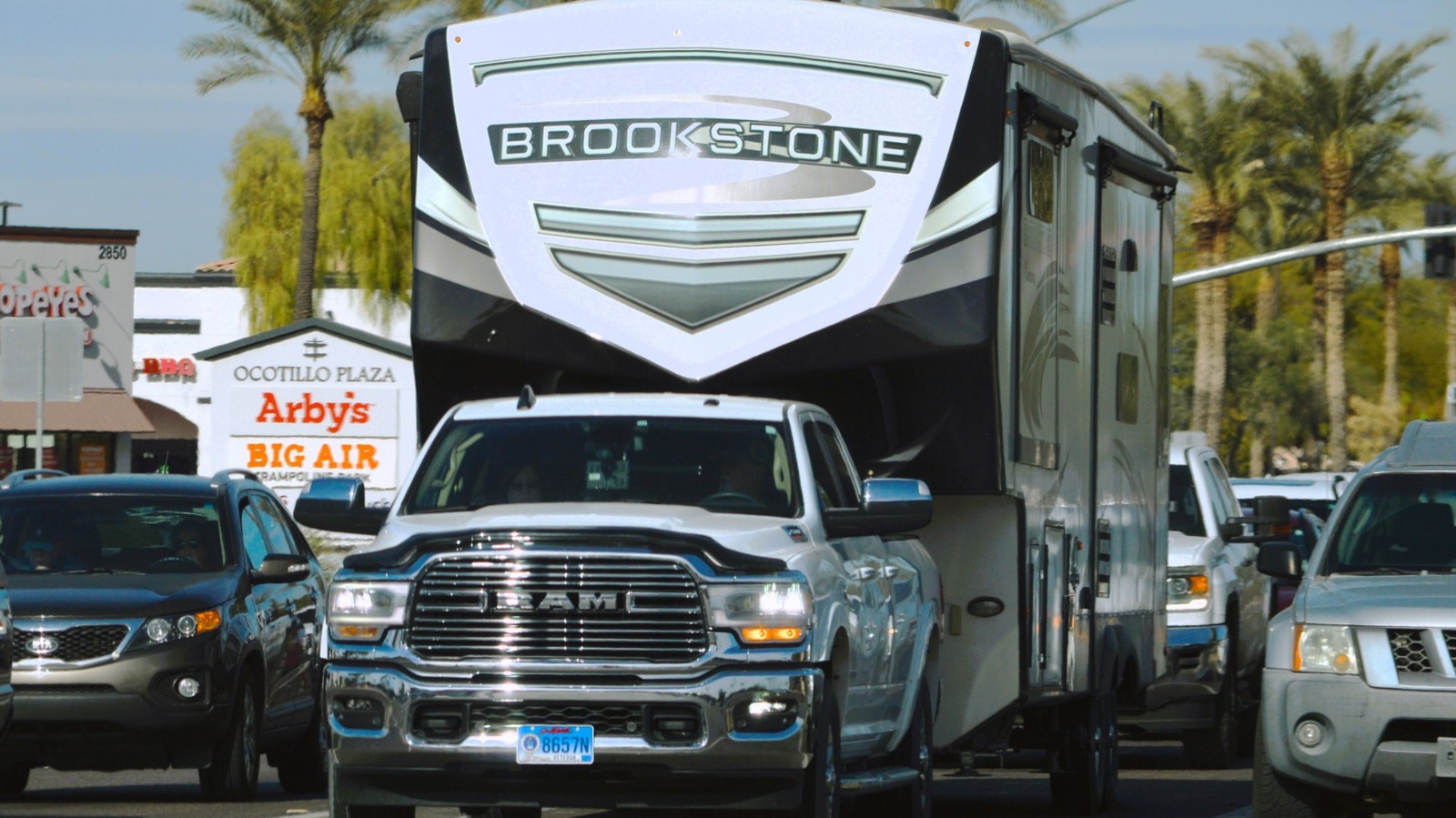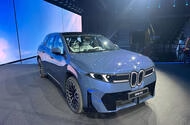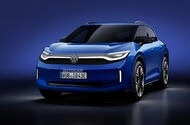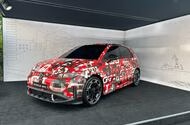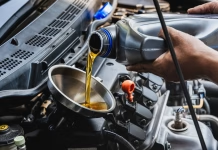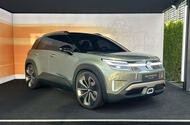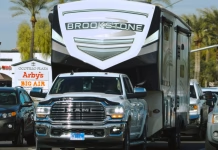How Volkswagen Reclaimed Its Roots to Make Affordable Electric Cars a Reality

Volkswagen, Cupra and Skoda each revealed crucial new entry-level EVs at Munich 2025VW ID Life concept never saw showrooms, but it was a crucial step towards a new family of entry EVs
The story of the Volkswagen Group’s push into the affordable EV segment can be told through its big reveals at the Munich motor show.
In 2021, the first time Germany’s biennial motor show was held in Bavaria, VW signalled its intent to enter the affordable EV segment with the boldly styled ID Life concept. It sat on the new MEB Entry platform, a front-driven electric architecture that would allow for vehicles costing around €25,000 (£22,000) from Volkswagen and sibling brands Cupra and Skoda.
The reaction wasn’t exactly positive: the car was a stylistic departure from both the ID models that had gone before it and VW’s long-running combustion-engined classics. The distinctly underwhelming reception contributed to a major Volkswagen management shake-up, which involved Thomas Schäfer being brought in as CEO and Andreas Mindt joining as design chief.
Straight away the pair started leaning into Volkswagen’s heritage. Schäfer has talked repeatedly about making Volkswagen a ‘love brand’ again, while Mindt will enthuse all day about the ‘secret sauce’ that all his designs must have.
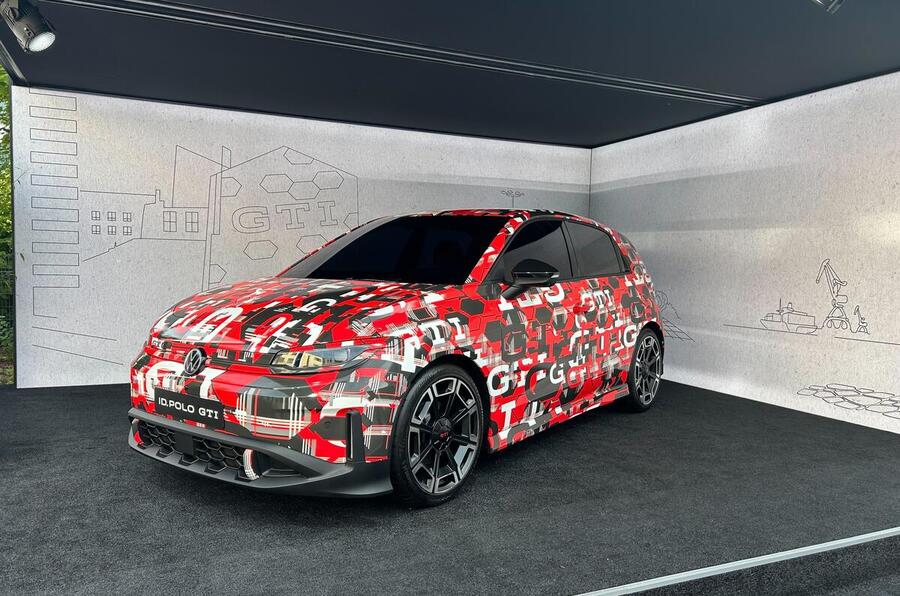
But there were changes behind the scenes, too. The VW Group reorganised, with the new Core division – Volkswagen, Cupra, Skoda and Volkswagen Commercial Vehicles – working in a far more collaborative fashion on the new ID Entry project.
Schafer’s decision to embrace VW’s heritage led to the ID 2all concept, Mindt’s hastily designed vision of how future small Volkswagen EVs can be true to the heritage of the brand. The ID 2 all actually sat on the reworked platform of the ID Life, but it garnered a wholly more postive reception. It looked and felt like a Volkswagen, which, after the likes of the anonymous ID 3, was a huge step in the right direction.
That was ramped up at Munich two years ago, when Volkswagen showed the ID GTI concept, a car that took the 2all and ramped up the heritage aspects even further. The warm reception proved that Volkswagen is best when it plays to its strengths.
At Munich this year, that four-year quest to launch the £22,000 EV neared fruition with the unveiling (albeit hidden under camouflage) of near-production versions of the now-renamed ID Polo and ID Polo GTI, along with the closely related Cupra Raval and Skoda Epiq. And there was a concept version of the ID Cross that will follow those machines into production next year.
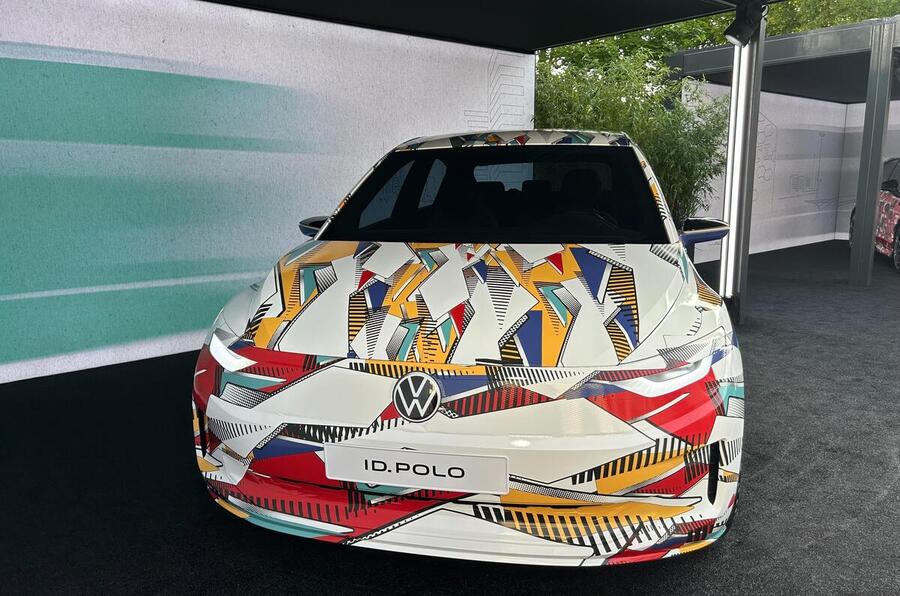
Again, delve into the specifics of the platform, powertrains and battery technology that will underpin those models and much remains from that 2021 ID Life concept.
The difference is that Volkswagen has realised its best chance of success in the new electric era, of fending off the vast ranks of aggressive Chinese rivals, comes from taking new technology and infusing it with the warmth and familiarity of proven Volkswagen design and model names.
It’s not an entirely new approach – Renault has found success with the 5 and 4 through a similar mix of new EV tech and retro design – but, for a brand with Volkswagen’s rich heritage, it’s a smart one. And while the path from the ID Life to the ID Polo hasn’t exactly been smooth, it’s a journey that should provide some important lessons for the future.
Discover the Rarest Limited Edition Pontiac Firebirds Ever Built
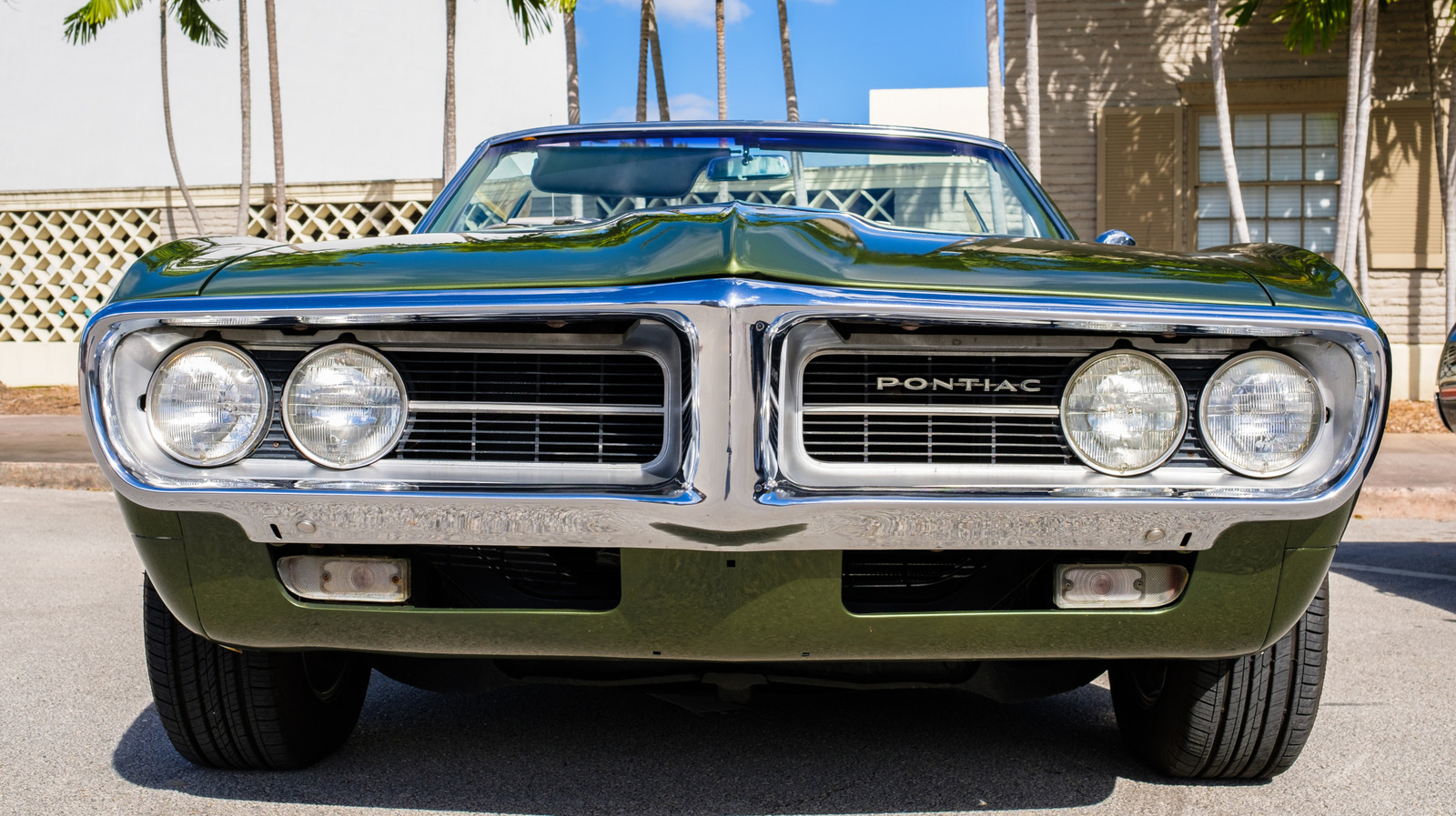
BMW Unveils Bold New Era with Over 40 Distinct Models and Revolutionary Design by...

New iX3 sets the stage for a complete reinvention of BMW's designNeue Klasse design language will be rolled out to every BMW, but the firm will avoid a 'Russian doll' approach
Future BMW models will all feature distinct designs as the company rapidly rolls out the new Neue Klasse design language across its line-up, according to design chief Adrian van Hooydonk.
The new iX3 is the first production vehicle to feature the radical new design language, which features cleaner lines, the removal of chrome and two new, illuminated interpretations of the kidney grille – an upright version for SUVs and a flat, wider interpretation for saloons.
BMW will rapidly roll out new Neue Klasse models, such as the new i3 due next year, but will also heavily facelift its current EV and combustion models to reflect the new design. That will involve more than 40 new model launches in the next two years.
While all the new models will feature variations on the two kidney grilles, Van Hooydonk said that while they would clearly be part of the “same family”, each model would have “very different features and characteristics”.
He added: “We want to give each of our products their own character, and that’s more true today than ever before, because each of our products will encounter different competitors in their segment, and you have to be very aware of it.
“It's not enough to just be the BMW in the segment: you have to be the best in each segment, and you have to think about what that segment needs and wants, and what the competition is likely to do. And then you have to plot your own course.
“We have grown [our range] in the last couple of years and in the last decades, and the secret to that success is that we offer real choices to our customers. We offer a family resemblance, but it's not Russian dolls. We’re going to continue in that vein with this new family.”
A key part of the Neue Klasse design philosophy is a reduction in the number of lines and trim elements featured in the exterior styling. Van Hooydonk added that would be reflected in the design of future M performance models, but said they would still be “more expressive” than the rest of the range – and cited the i8 as a source of inspiration.
“It’s typical they are more expressive, because they are faster cars and more dynamic, and that is what they will express,” said van Hooydonk. “But in those cars there will be a certain restraint in the designs that we started years ago with the i3 and i8, and then continued with i4 and iX. What you see here is built upon all those steps, and now it's going to get rolled out over the entire portfolio.
“If you do a very clean design it will probably last longer, and that's also good for our customers, because it's good for resale value and we’re also aiming to extend the life cycles of our product."
Space Force Eyes Ultra-Low Orbit in Bold Move to Counter China

Volkswagen ID 4 Reinvented for 2026 Bold New Design and Tech Overhaul Signals Electric...
 ID 4 facelift, known internally as 'electric Tiguan', will bring reinvention inside and out
ID 4 facelift, known internally as 'electric Tiguan', will bring reinvention inside and out
Volkswagen design chief Andreas Mindt has hinted that a dramatic makover next year for the ID 4 will take a significant number of styling cues from the new ID Cross concept.
While Mindt wouldn’t give specific details, he said the “ID 4 will be the big brother” of the new ID Cross, which is due to go on sale next year. The ID 3 will also receive a similarly dramatic overhaul, although Mindt refused to elaborate.
However, he did hint that Volkswagen would move away from the extremely short front ends on its early bespoke electric efforts, most notably the ID 3 – although it is unclear if that can be addressed in a heavy update.
“With electric cars you don’t have engines so the bonnet can be really short, so companies including us did this,” he added. “But the pedal box stays in the same place, and when that stays it’s wrong, because all you create is a very deep dashboard and long glass window, and that is like an oven and you don’t have energy to cool it down – so it’s a mistake.”
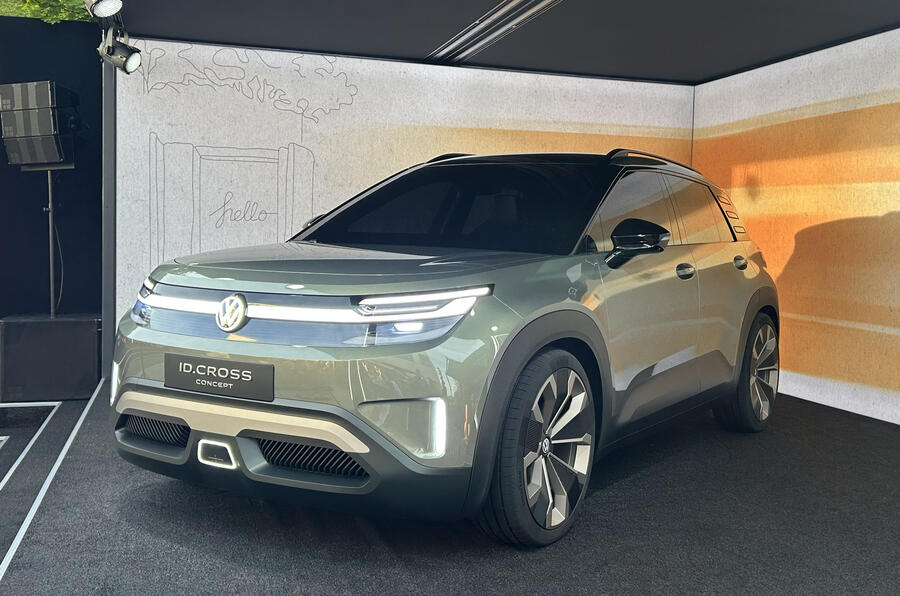
As previously reported by Autocar, the ID 4's mid-life update will be so extensive that it will be more like a new generation than a facelift, as part of a drive to sustain its strong sales figures and make it a more obvious electric equivalent to the Tiguan.
The ID 4, Volkswagen's second bespoke electric car after the closely related ID 3 hatchback, is approaching its fifth birthday, having launched in 2020 as a crucial component of the firm's drive to become a global leader in EV sales.
It quickly became one of the world's most popular EVs, and remains an important part of Volkswagen's electric portfolio: in the first half of 2025 it was Europe's second best-selling electric car, behind the Tesla Model Y, according to figures from Jato Dynamics.
And now, at five years old, the Toyota bZ4X and Tesla Model Y rival is due an extensive round of design and technical updates to bring it into line with its newer stablemates.
Volkswagen CEO Thomas Schäfer told Autocar the new 2026 ID 4 is "really beautiful" and hinted at just how extensively it has been overhauled: "We'll re-do the ID 4 completely inside and out. It will be a completely different car - a huge step up."
A major priority for the design overhaul is to ensure the ID 4 is visually related to Volkswagen's new-generation electric cars. "We felt it needed to fit in with the new design language going forward, since it is still our most important electric vehicle in numbers," said Schäfer, specifically mentioning the ID 1 and ID 2.
“It's also to stay competitive for a while: let's [bring] a completely new one.”
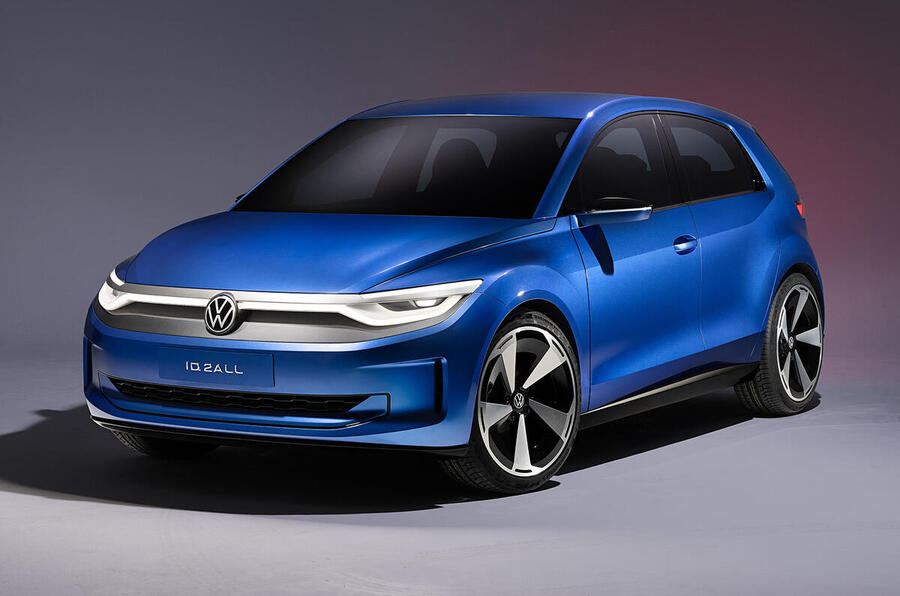
Autocar understands the new ID 4 is known internally as the 'electric Tiguan', hinting at a push to present the two similarly sized SUV models more overtly as siblings.
The company has not confirmed plans to go as far as changing the ID 4’s name, but Schäfer previously suggested to Autocar that the Tiguan moniker would always have a place in Volkswagen’s portfolio - even as the line-up goes all-electric: “We've decided we're not going to throw away the traditional, successful names that have carried us for so long, that we've invested in for so long, like Golf and Tiguan. Why would you let them go?”
An electric Tiguan equivalent has long been understood to be part of Volkswagen's product roadmap, the combustion-powered car being Volkswagen's most popular car globally, and was earmarked for a launch in 2025 or 2026 - which would coincide with the planned rollout for the upgraded ID 4.
Speaking to Autocar, Volkswagen technical development boss Kai Grünitz recently confirmed that the ID 4 will follow the ID 3 hatchback in adopting the new design language first introduced on the 2023 ID 2all concept, giving them “a family resemblance to the ID 2” as well as a “lower and squatter stance”.
Inside, Grünitz confirmed that the facelifted ID 3 and ID 4 will receive fully revised interiors featuring a new dashboard and user interface. Among the changes is a return of physical buttons and knobs in place of digital display-based functions and the controversial slider element, a move first hinted at by the ID 2All.
“We’re going to bring back a round knob for the volume control,” an insider said, adding: “If you develop something that works, and it has worked for years, there’s no reason to replace it.”
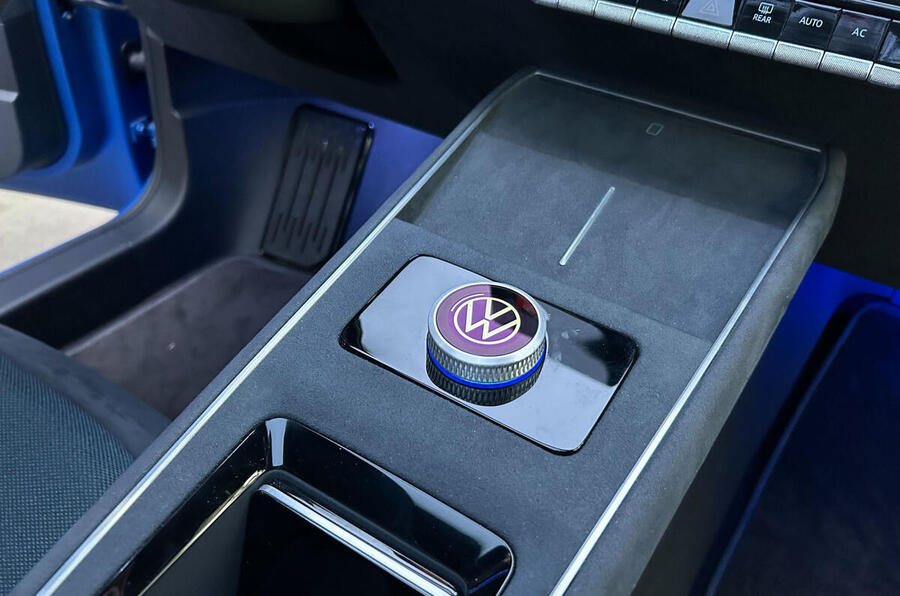
Technical details of the facelifted ID 3 and ID 4 have yet to be revealed, though Autocar has been told Volkswagen’s best-selling electric models will benefit from the efficiency and performance gains brought to other more recently launched models, including the ID 7, through newer and more technically advanced electric motors and more contemporary battery and inverter technology.
The facelifted ID 3 is scheduled to be revealed during the second quarter of next year, with the ID 4 arriving later in 2026.
The ID 4's rakish-roofed ID 5 sibling is understood to be earmarked for retirement, rather than undergoing the same round of updates. Volkswagen does not break out individual model performance in its annual reports, but the ID 5 is not currently in Europe's top 25 EVs, and has sold around a third the number of ID 4s in the UK since the duo launched.
The updates are part of a broader effort to reset Volkswagen’s image as a maker of EVs after early criticism of quality, software and user experience in its first-generation MEB-based models.
Alongside the arrival of three new MEB Entry-based EVs next year – the VW ID 2, Cupra Raval and Skoda Epiq – the goal is to extend the lifespan of the current 400V models to keep VW at the top of Europe’s EV sales charts, insiders say, while the firm readies its next-generation 800V SSP platform, which is due to underpin VW EVs from 2028.
Volkswagen also intends to differentiate its EV designs by region, with European and US models sharing a common design theme while Chinese-market cars receive their own styling direction. This strategy was hinted at by the unveiling of the ID Aura, Era and Evo at the Shanghai motor show in April.
3.0L Duramax Diesel Engine Issues Owners Face Most Frequently

Volkswagen Unleashes First Electric Polo GTI Hot Hatch with 223bhp Arriving in 2027
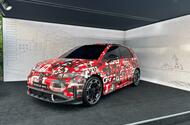 Previewed last year by the ID GTI concept, the hot electric Polo be the first EV to wear the GTI badge
Previewed last year by the ID GTI concept, the hot electric Polo be the first EV to wear the GTI badge
The Volkswagen ID Polo GTI will arrive in 2027 as the German brand’s first proper attempt at an electric hot hatch, packing 223bhp.
Previewed by last year’s ID GTI concept, the sporty EV was confirmed as Volkswagen announced that the production version of the ID 2all concept will be named the ID Polo, and showed production versions of both cars at the Munich motor show.
The ID Polo GTI – the first time EV to wear the GTI badge – will be based on the same electric only MEB Entry platform as the ID Polo, which is driven by a single front-mounted motor.
Volkswagen has confirmed this will pack 223bhp, 8bhp more than the ID Polo GTI's Alpine A290 rival.
Autocar has previously reported that Volkswagen is developing a hardcore Clubsport version of the ID Polo, targeting a peak output of 282bhp.
It's also exploring whether a 400bhp four-wheel-drive R model utilising four in-wheel motors is feasible.
The prospect of an R model puts into doubt the future of the GTX name, which has so far adorned hot four-wheel-drive ID EVs.
A battery option has yet to be confirmed, but the ID Polo GTI will likely use the largest (56kWh) ID Polo pack, which in the regular car will provide a range of around 280 miles.
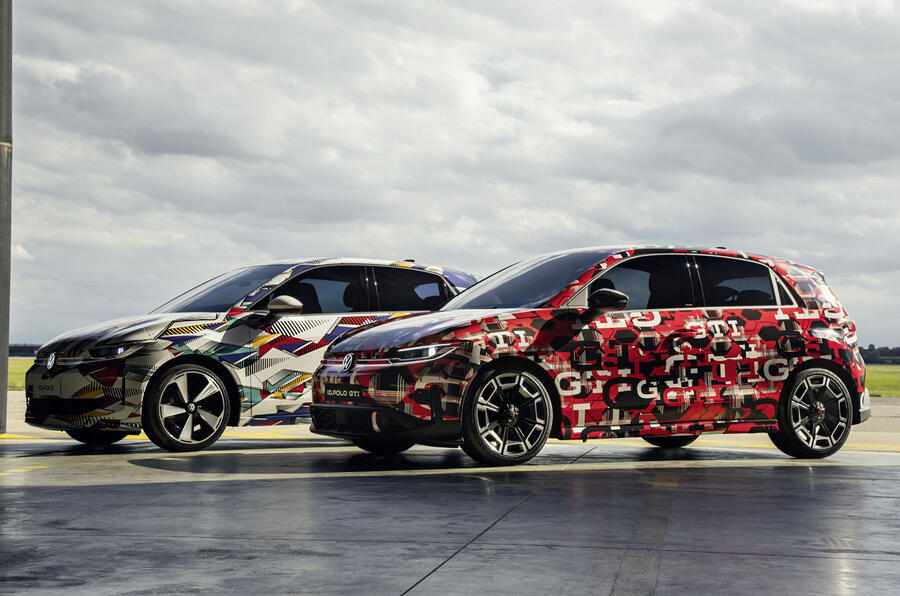
Like the standard ID Polo, the ID Polo GTI has been shown in near-production camouflaged guise. The pair share mostly the same design, but the GTI does sport some more aggressive cues, including slightly flared wheel arches, a small front diffuser, split boot-mounted spoilers and a pair of rear bumper cutouts (likely to mimic exhausts). It also appears to get larger alloy wheels of a bespoke design.
The regular ID Polo measures 4053mm long, 1816mm wide and 1530mm tall, which would make the ID Polo GTI only slightly larger than the A290.
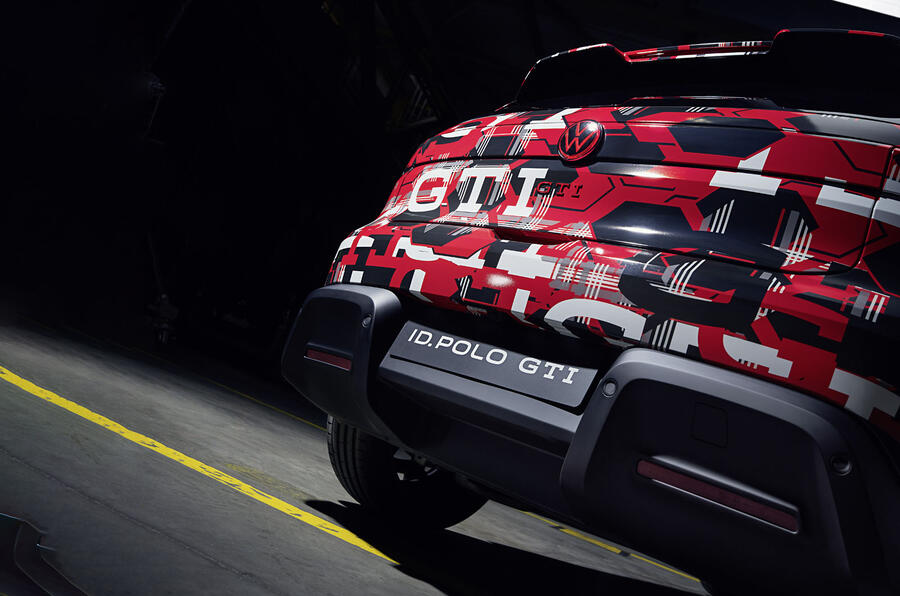
The standard ID Polo is tipped to be priced at around £22,000, but we expect the hot version to start closer to £30,000. For reference, the A290 starts at £32,000 with the government's new Electric Car Grant added.
Following the ID Polo GTI, Volkswagen is preparing to expand its performance brand across multiple electric model lines. CEO Thomas Schäfer previously told Autocar the new hot EVs will be "mind-blowing" to drive.
Why Changing Diesel Engine Oil Is Trickier Than You Think
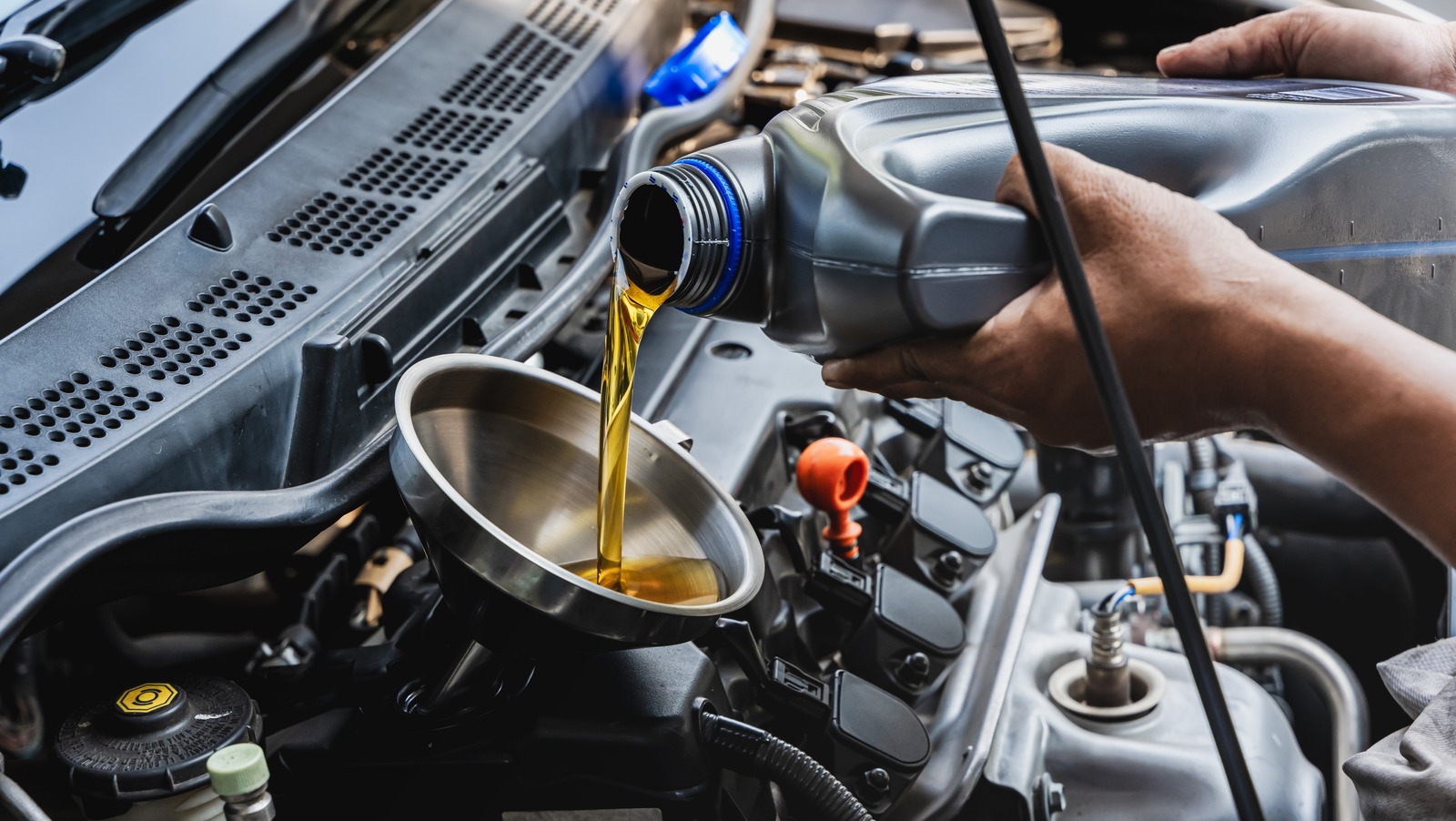
Volkswagen ID Cross Unveiled as Affordable Urban Electric SUV with Bold Design and 261...
 Supermini-sized crossover concept will make production as a £25k sibling to the ID Polo
Supermini-sized crossover concept will make production as a £25k sibling to the ID Polo
The new Volkswagen ID Cross concept previews a chunky, supermini-sized electric crossover that will arrive at the end of next year priced from around £25,000.
The new model, which is in effect a raised version of the incoming ID Polo hatch, is described as a city-friendly yet long-distance-capable five-seat SUV that will slot into the range beneath the ID 4.
The EV has been named to position it clearly as an electric counterpart to the T-Cross, said VW, and is part of a new naming strategy that will see well-known badges adorn EVs in place of the numerical system that has been in use since the ID 3 was revealed in 2018.
The ID Cross is one of four small EVs the Volkswagen Group is preparing to launch on its MEB Entry electric platform within the next 18 months, alongside the ID Polo, Cupra Raval and Skoda Epiq.
At 4161mm long, 1839mm wide and 1588mm tall, and with a 2601mm wheelbase, the ID Cross is very close in size to the existing internal-combustion-engined T-Cross. It is 108mm longer, 23mm wider and 53mm taller than the ID Polo.
The new SUV is styled to be “clear, authentic and likeable”, with a rugged, off-roader appearance, VW styling boss Andreas Mindt told Autocar. Its “smiling” 3D front light signature is intended to give it an “approachable personality”, he added. Recognisable design cues include distinctive C-pillars that echo those of the ID Buzz.
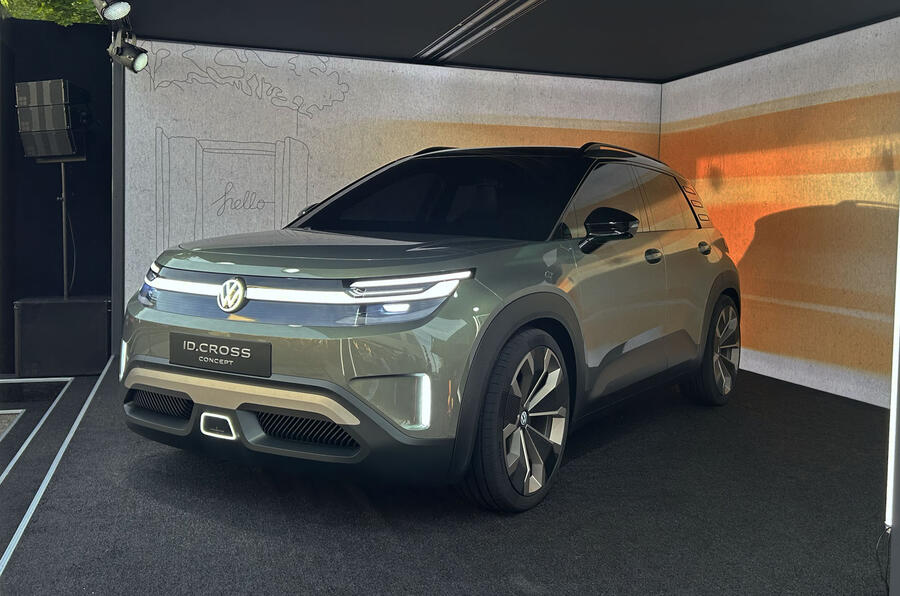
The cabin mirrors that of the smaller ID Polo: VW has moved away from the glossy plastics of current ID models, and instead almost every visible surface is wrapped in pale fabric, giving the cabin a lighter, lounge-like appeal.
The dashboard is reduced to a single horizontal band running the width of the car, broken only by two digital displays: an 11in digital instrument panel ahead of the driver and a 13in central touchscreen. Physical controls have been pared back to a small row of touch-sensitive climate control buttons.
The steering wheel has been simplified too, adopting a squared-off shape and touch-panel controls in place of conventional stalks.
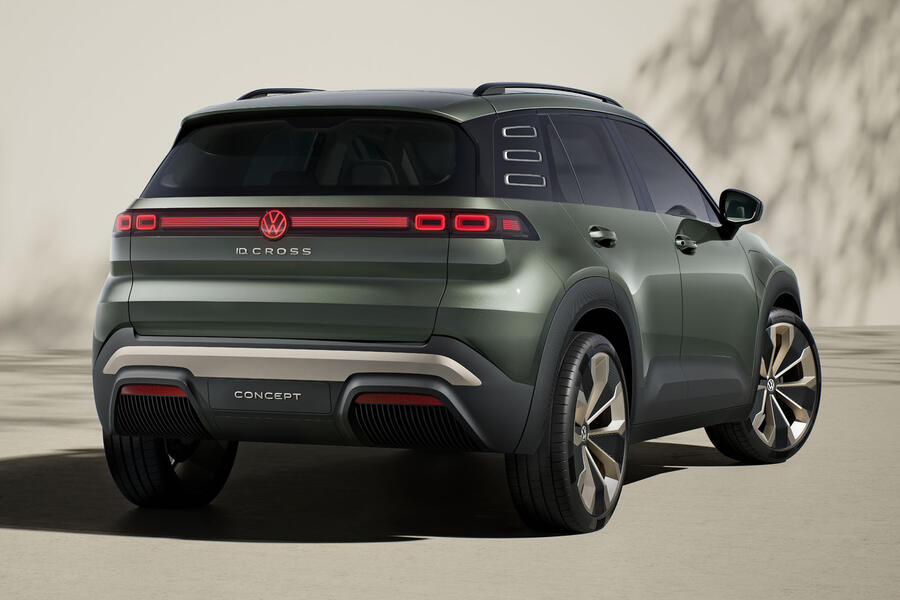
The boot has a capacity of 450 litres, supported by a small 25-litre frunk under the bonnet. This matches larger cars, such as the Volvo EX40. Volkswagen says all seats can fold completely flat.
Like other cars using the MEB Entry, power comes from a front-mounted electric motor that produces 208bhp, and sends drive to the front wheels. VW quotes a top speed of 109mph and a range of up to 261 miles.
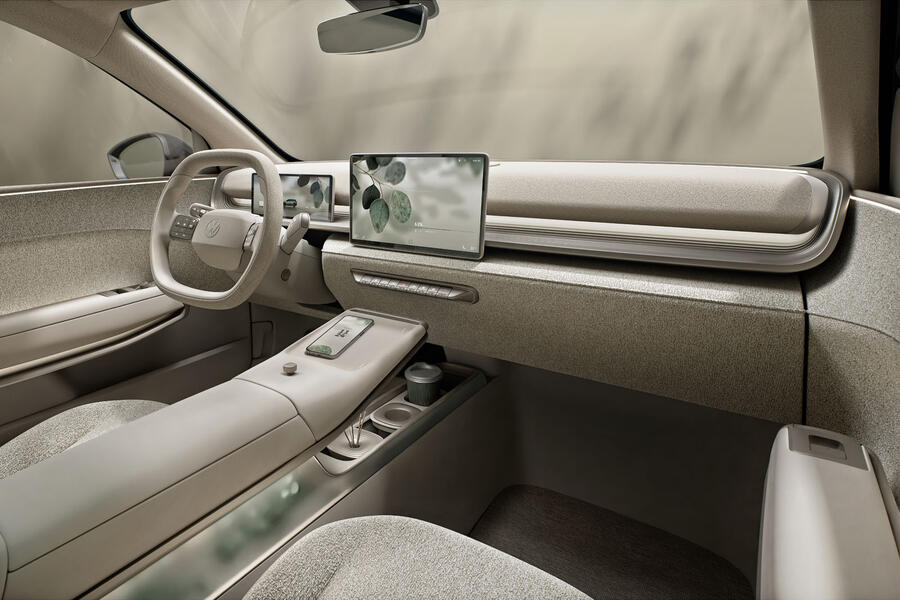
The production version of the ID Cross will be revealed next summer before entering UK showrooms during the second half of 2026.
Volkswagen has yet to confi rm exact pricing, but the ID Cross is expected to start at around £25,000 – £3000 more than the smaller ID Polo but significantly less than the larger ID 4, itself scheduled to be heavily facelifted next year.
It is set to be built at VW’s Pamplona factory in Spain alongside the Skoda Epiq.
5th Wheel vs Gooseneck Trailers: Key Differences, Pros, Cons, and How to Choose
